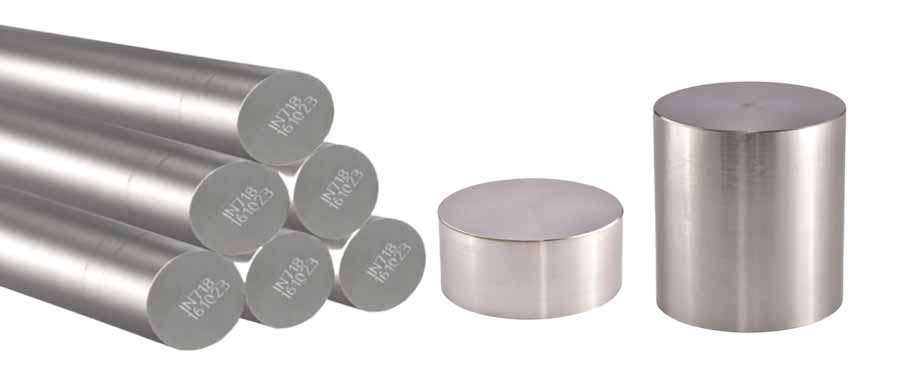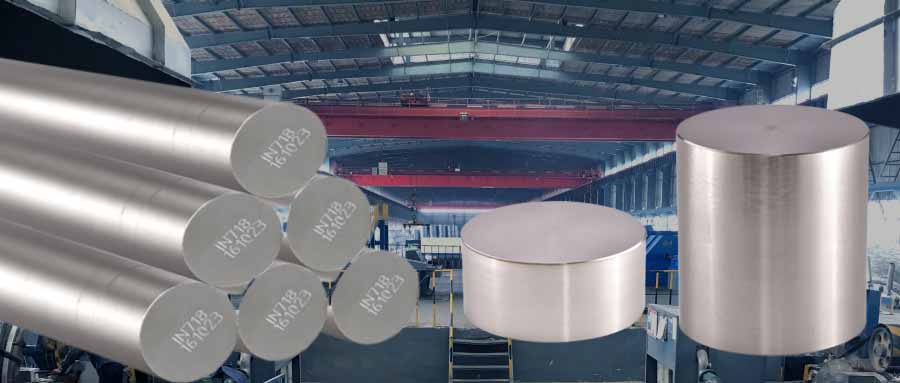| Alloy |
Yield strength |
Tensile strength |
Elongation |
Chemical elements |
| 20℃ |
800℃ |
20℃ |
800℃ |
20℃ |
800℃ |
| IN713C |
760MPa |
745MPa |
930MPa |
918MPa |
9.50% |
9.00% |
Ni, Cr, Al, Mo, Ti, Fe, Nb, Zr, C, Mn, Si, P, B |
| IN625 |
345MPa |
/ |
760MPa |
/ |
30% |
/ |
Ni, Cr, Al, Mo, Ti, Fe, Nb,C, Mn, Si, P, S |
| IN718 |
≥1030MPa |
/ |
≥1240MPa |
/ |
≥6% |
/ |
Ni, Cr, Al, Mo, Ti, Fe, Nb, Co, Cu, C, Mn, Si, P, S |
| IN738LC |
880MPa |
855MPa |
/ |
/ |
7.30% |
10.70% |
Ni, Cr, Co, Nb, Mo, W, B, Zr, C, Si, S, P, Ta, Ti, Al, Mn, Fe |
| Rene80 |
≥492MPa |
/ |
≥632MPa |
/ |
≥15% |
/ |
Ni, Cr, Co, W, Mo, Al, Mn, Si, V, Cu, Hf, S, C, Fe, B, Zr, Ti, Nd, Ta, Mg, Bi, P |
| HastelloyB |
≥410MPa |
/ |
≥890MPa |
/ |
≥55% |
/ |
Ni, Cr, Fe, Mo, C, Mn, Si, Cu, Co, P, S |
| HastelloyC22 |
≥283MPa |
/ |
≥690MPa |
/ |
≥40% |
/ |
Ni, Cr, Mo, Fe, W, Co, C, Mn, Si, V, P, S |
| HastelloyG30 |
≥200MPa |
/ |
≥524MPa |
/ |
≥62% |
/ |
Ni, Cr, Mo, Fe, Cu, Co, W, C, Mn, Si, Nb, P, S |
| HastelloyX |
≥275MPa |
/ |
≥690MPa |
/ |
≥30% |
/ |
Ni, Cr, Co, W, Mo, Al, Ti, Fe, B, Mn, Si, P, S, Cu |
| Nimonic 80A |
≥620MPa |
/ |
≥930MPa |
/ |
≥20% |
/ |
Ni, Cr, Fe, Mn, Si, P, S, Al, Ti, C, Co, B, Zr, Cu |










